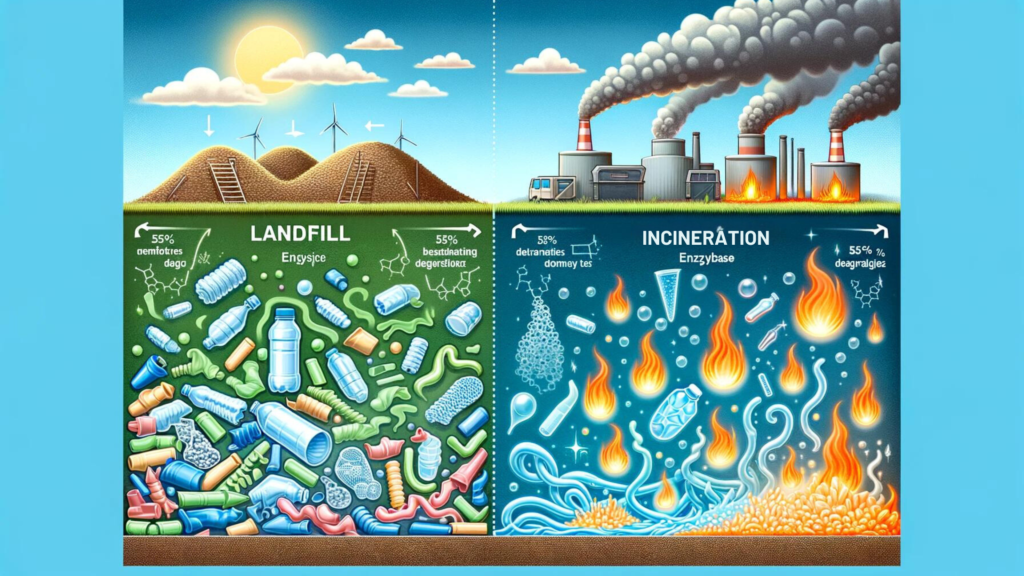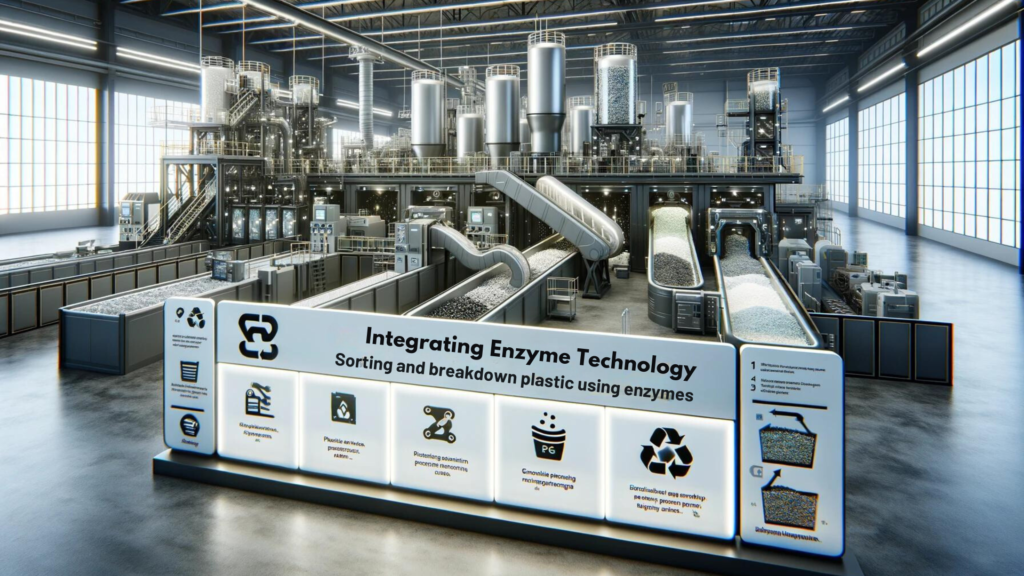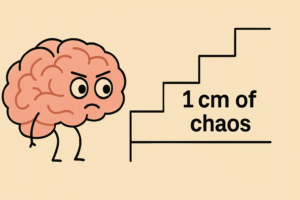Have you ever wondered if there’s a magic trick to make all that plastic waste disappear? Well, science might be getting close with something that sounds straight out of a sci-fi movie: plastic-eating enzymes. These tiny biological marvels could be the key to a cleaner, greener future. Let’s dive into this fascinating topic and explore how these enzymes could revolutionize waste management.
What Are Plastic-Eating Enzymes?
Imagine tiny workers that munch away at plastic, breaking it down into harmless components. That’s basically what plastic-eating enzymes do! These special proteins can break down plastics, like PET (commonly used in bottles and packaging), into their basic building blocks. Scientists discovered enzymes like PETase and MHETase that can speed up this process, offering a potential solution to our plastic pollution problem.

How Do Plastic-Eating Enzymes Work?
Okay, let’s get a bit science-y, but I promise to keep it simple. Enzymes are like little machines that help chemical reactions happen faster. When these enzymes meet plastic, they start breaking the long plastic molecules into smaller, manageable pieces. Think of it like cutting a long chain into shorter segments. This makes it easier for other processes to completely degrade the plastic. Compared to traditional methods like burning or burying plastic, these enzymes offer a much more eco-friendly alternative.
Potential Benefits of Plastic-Eating Enzymes
So, what’s the big deal with these enzymes? For starters, they could significantly reduce the amount of plastic waste ending up in our oceans and landfills. Imagine if all those plastic bottles and bags could be efficiently broken down and reused. Not only does this help the environment, but it also reduces the need for producing new plastic. Plus, less plastic pollution means healthier ecosystems and wildlife.
Current Research and Developments
Researchers around the globe are working hard to turn this exciting discovery into a practical solution. From universities to private companies, many are testing and tweaking these enzymes to make them more effective. Some notable breakthroughs include enhancing the enzymes to work faster and under various conditions. There are even pilot projects exploring how to integrate these enzymes into existing recycling systems. It’s an exciting time for innovation!

Challenges and Limitations
Of course, it’s not all smooth sailing. One of the biggest hurdles is making these enzymes work efficiently at a large scale. Right now, producing and using them can be costly. There’s also the challenge of ensuring they’re stable and effective in different environments. And like any new technology, there are potential unforeseen environmental impacts that need careful study. But with continued research and support, these challenges can be overcome.
Future Prospects
Looking ahead, the potential for plastic-eating enzymes is enormous. We might see them integrated into recycling plants or even developed into sprays that can clean up plastic waste on the spot. Governments and industries could play a huge role by investing in research and creating policies that support sustainable practices. The future looks bright if we can harness this technology effectively.
Case Studies
There are already some promising examples of these enzymes at work. For instance, a project in Japan successfully used modified PETase to break down plastic bottles in record time. Another study in the UK is exploring how these enzymes can be used to clean up ocean plastics. These case studies show real-world applications and inspire hope for broader adoption.

Conclusion
Plastic-eating enzymes might just be the superheroes we need to tackle the plastic pollution crisis. While there are challenges to address, the potential benefits make it worth the effort. By supporting ongoing research and adopting sustainable practices, we can look forward to a cleaner, greener planet. Let’s stay informed and do our part to make this exciting future a reality.
Author’s Note
Thank you for joining me on this journey into the world of plastic-eating enzymes! As we explore innovative solutions to our environmental challenges, it’s crucial to stay curious and support scientific advancements. Together, we can make a difference.
G.C., Ecosociosphere contributor.
References and Further Reading




